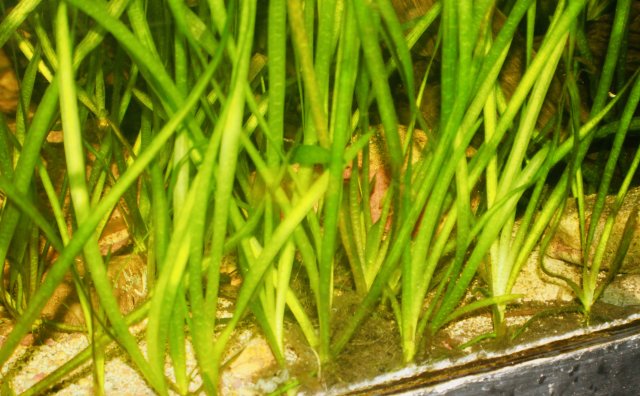With these products, a tiny amount goes a very long way.
Rid-X (and many other similar products) comes as a sort of flour (powdered grain), the actual inert organisms that are released when hydrolyzed, are a tiny part.
When I would use it, I would put a spoonful into a mostly submerged filter sock, hanging in a sump (one box of Rid-X might last me a year).
After a few days hanging in the sump, figuring the bacteria (or other microorganisms) had dispersed,I'd rinse the the remaining powder from the sock, so as not to cloud the tank.. Although fry would sometimes eat the powder.
We aquarists may use this product to help reduce sludge in filters, to help break it down to compounds more readily used by aquatic plants or other simple animals, although we may actually have too little sludge in our systems.
In my out door tank today, using mostly rain water, and loaded with plants, I barely ever vacuum, to allow for enough sludge for these microorganisms enough food to support a decent population.

Many aquarium products are a carry over from the wastewater treatment industry (i.e. bio-wheels as another).
When I was doing microbiology studies, the F/M Ratio was a part of the program.
And although I am not a big fan of canister filters, I believe these products would be a great addition to tanks with cans, as these micro-organisms, would help to more quickly break down the sludge that accumulates in cans, hopefully keeping the media aerobic.
The problem(IMO) comes in after long periods of non-maintenance when the flow to a can is so reduced, it cannot support a population of aerobes, due to increasing anoxic conditions.
Some of you might find this interesting.
Activated Sludge and F:M Ratio Calculator - Aquafixhttps://teamaquafix.com › activated-sludge-fm-calculator
Rid-X (and many other similar products) comes as a sort of flour (powdered grain), the actual inert organisms that are released when hydrolyzed, are a tiny part.
When I would use it, I would put a spoonful into a mostly submerged filter sock, hanging in a sump (one box of Rid-X might last me a year).
After a few days hanging in the sump, figuring the bacteria (or other microorganisms) had dispersed,I'd rinse the the remaining powder from the sock, so as not to cloud the tank.. Although fry would sometimes eat the powder.
We aquarists may use this product to help reduce sludge in filters, to help break it down to compounds more readily used by aquatic plants or other simple animals, although we may actually have too little sludge in our systems.
In my out door tank today, using mostly rain water, and loaded with plants, I barely ever vacuum, to allow for enough sludge for these microorganisms enough food to support a decent population.

Many aquarium products are a carry over from the wastewater treatment industry (i.e. bio-wheels as another).
When I was doing microbiology studies, the F/M Ratio was a part of the program.
And although I am not a big fan of canister filters, I believe these products would be a great addition to tanks with cans, as these micro-organisms, would help to more quickly break down the sludge that accumulates in cans, hopefully keeping the media aerobic.
The problem(IMO) comes in after long periods of non-maintenance when the flow to a can is so reduced, it cannot support a population of aerobes, due to increasing anoxic conditions.
Some of you might find this interesting.
Activated Sludge and F:M Ratio Calculator - Aquafixhttps://teamaquafix.com › activated-sludge-fm-calculator


